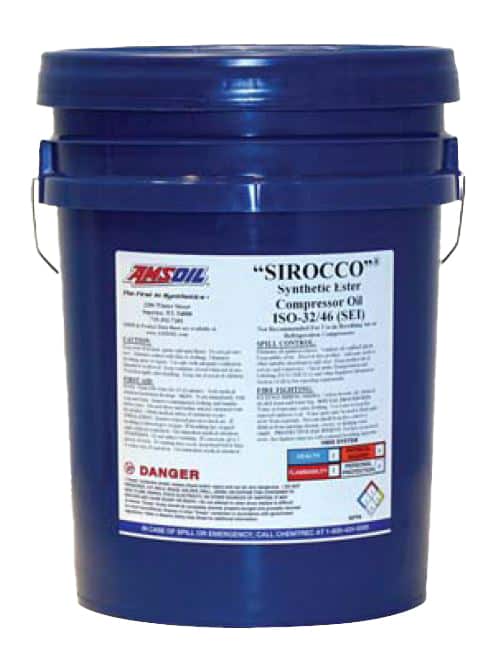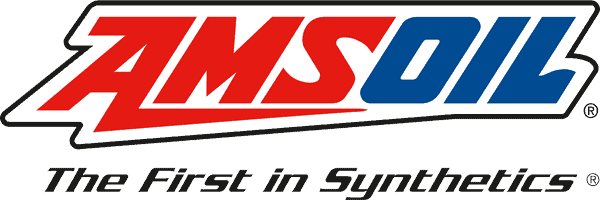Engine Diagnosis
Hi, I'm Len Groom. Welcome to Tech tips! Today, we're going to carry out engine diagnosis: how to do a compression test on your engine.
A compression test is a real quick, easy way to look at the mechanical integrity, or the health of your engine. Here's how it's done.
A compression test requires that we crank the vehicle, but we don't want it to start. So, the first thing you'll do is remove the fuel pump relay, if you can find it.
Another thing that will also work is to disable the coil and that's to take the primary power or the smaller wires away from the coil, then it won't spark.
In this case, we've done both. The car has no fuel and it has no spark, so we won't flood the engine and it won't start. We get good results on our compression test.
So, we will start with your number one cylinder: you want to remove the cap - use a little bit of air to ensure that there's no dust or dirt down there. You want to use a long extension.
In this particular engine, because the spark plug is located down in the cylinder, remove the spark plug. Now is a good time for a spark plug inspection - you want to examine the electrodes; both the side electrodes and the center electrodes. You want to be sure that the edges are square and that the plug looks to be in good condition. Now is a good time to change them if you decide that's necessary.
This compression tester has an extension tool, which is really nice. You screw that into the cylinder, since the spark plug is located a little bit deeper in the motor. Then we'll connect the compression gauge and then we're going to crank the vehicle and we're going to watch the needle on the compression gauge. We will crank until the needle plateaus, meaning the needle stops climbing. We'll continue cranking until the needle stops climbing for Engine Diagnosis.

Buy AMSOIL Compression Oil Products
Once the needle stops climbing, you're going to look at your reading, you're going to want to note what that reading was and then you're going to repeat the process for the remaining cylinders on the engine - always noting what your compression is.
At the end of the test you'll compare your highest reading with your lowest reading, and the lowest reading should be within 10 percent of the highest reading. That's a good rule of thumb to ensure that your engine is healthy and that all cylinders are contributing to making power and moving your vehicle down the road.
So, if you look at all the results placed side by side for the different cylinders, you can see that this would be considered a healthy engine, since all of the readings are very close together.
If we were to see one of those results low, let's say one cylinder was 20 or 30 PSI lower than the others. That would indicate a problem and we would need to dig into that engine deeper to try and diagnose exactly what's wrong.
But like I said earlier, when I introduced the topic for discussion engine diagnosis: how to do a compression test on your engine, the compression test is a real good initial check on engine health.
Thanks for watching, we'll see you next time.
Become An AMSOIL Preferred Customer
Add a six-month or one-year Preferred Customer membership to your cart and save up to 25% on today’s order.
We welcome your comments, questions and suggestions about Engine Diagnosis. Please contact us.
We do invite you to engage with us on social media (just not for immediate needs). Best to call, email or visit our site for the best response.
As always, if you like, you will find us on the following social media sites, among many others:
Facebook
LinkedIn
Twitter


